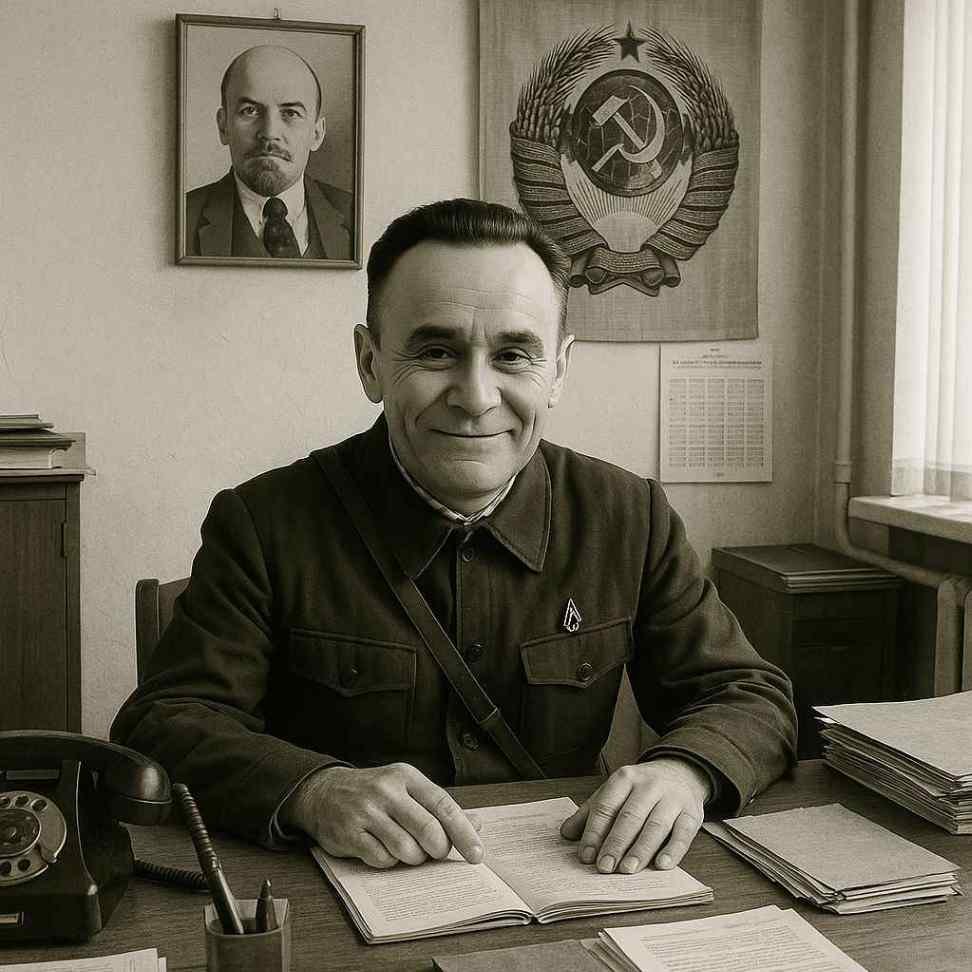
Sergei Korolev
The Chief Designer who led the Soviet Union into space
Early Life and Career
Born on January 12, 1907, in Zhytomyr, Russian Empire (now Ukraine), Sergei Pavlovich Korolev showed an early interest in aeronautical engineering. He studied at the Kyiv Polytechnic Institute before transferring to the Moscow Higher Technical School, where he graduated in 1929.
In the 1930s, Korolev became involved in rocket research groups, leading the development of various rocket-powered aircraft. However, his career was interrupted in 1938 when he was arrested during Stalin's Great Purge and sent to the Gulag. He spent several years in prison camps, including time at the Kolyma gold mines, before being relocated to a sharashka (a secret laboratory for imprisoned scientists) in 1942.
Key Achievements
- Development of the R-7 rocket
- Launch of Sputnik 1, first artificial satellite
- First human spaceflight with Yuri Gagarin
Legacy
- Pioneered human spaceflight
- Established Soviet space program supremacy
- Inspired generations of scientists
The Space Program
After his release, Korolev became the chief designer of the Soviet space program. Working in complete secrecy, known only as the "Chief Designer," he led the development of the R-7 rocket, which became the foundation for the Soviet space program. Under his leadership, the Soviet Union achieved a series of space firsts, including the launch of Sputnik 1 in 1957 and Yuri Gagarin's historic spaceflight in 1961.
Korolev's genius lay not only in his technical abilities but also in his capacity to manage large-scale projects and inspire his teams. He was known for his attention to detail, demanding nature, and ability to solve complex technical problems under immense political pressure.
Personal Life and Death
Despite his achievements, Korolev's identity remained a state secret until his death. He died on January 14, 1966, from complications during surgery. Only after his death did the Soviet Union reveal his identity and contributions to the space program. His ashes were interred in the Kremlin Wall Necropolis, an honor reserved for the most prominent Soviet citizens.